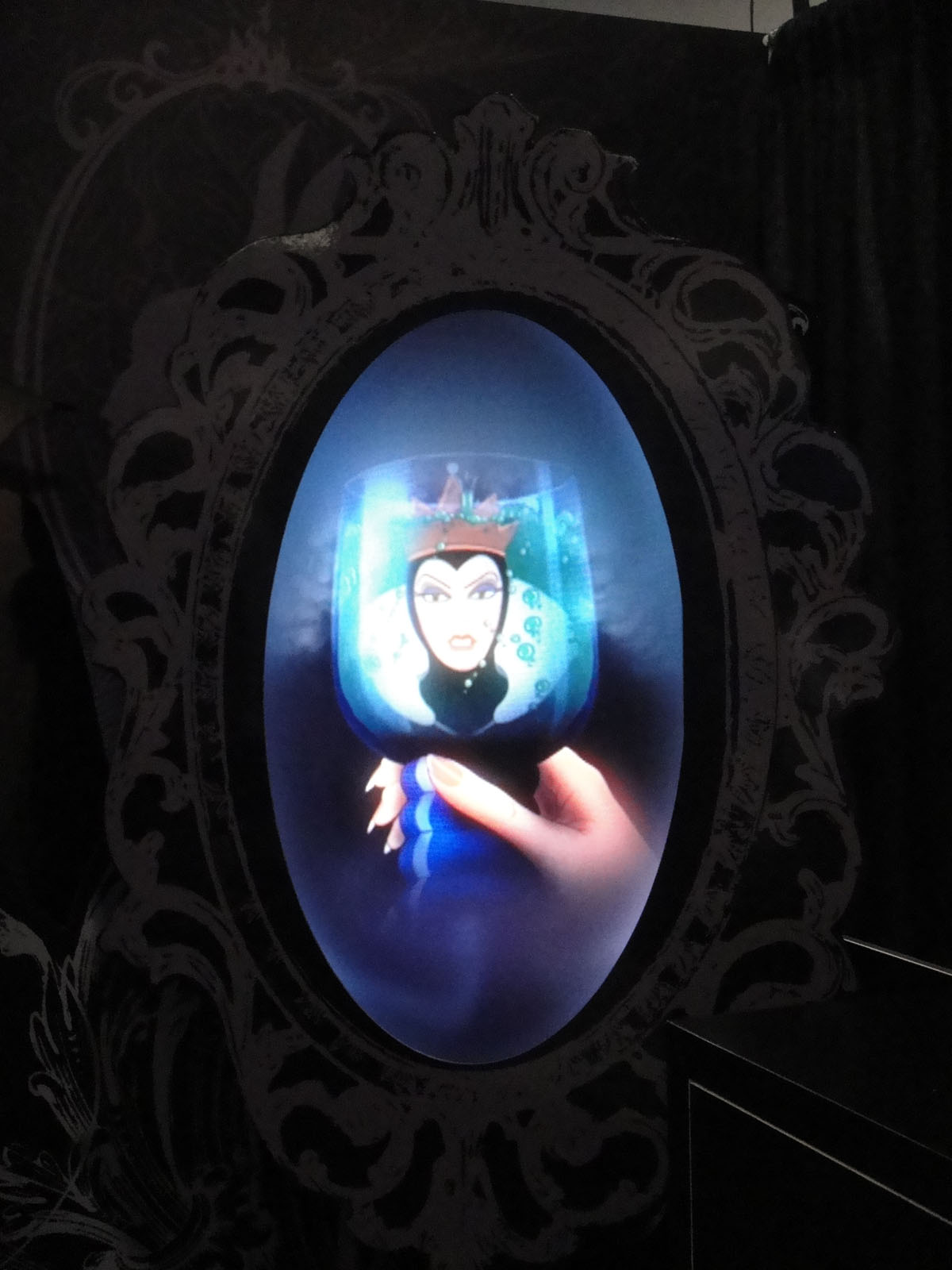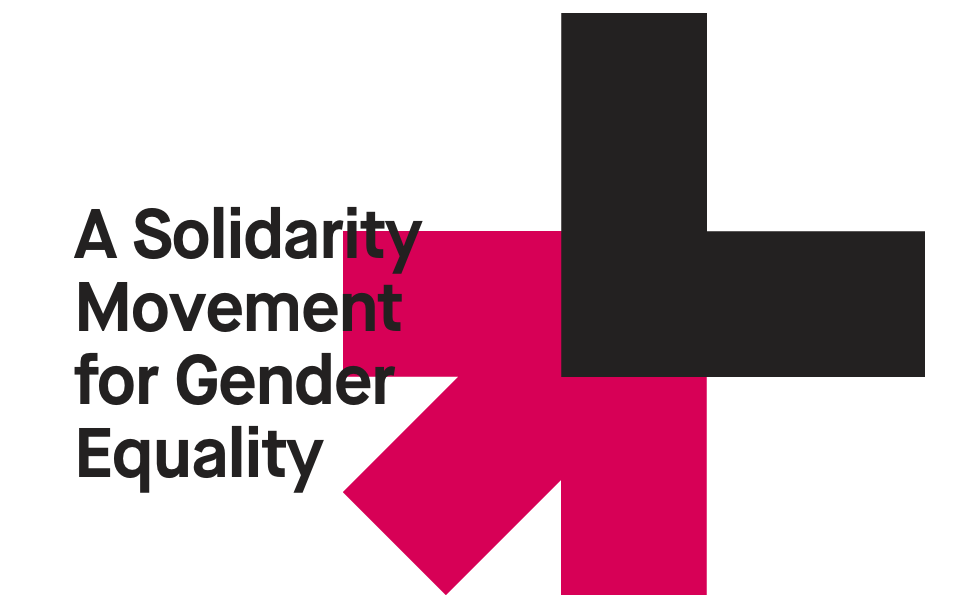CARLY STAUFFR; Opinion Writer: stauffce@plu.edu
Over spring break a couple of weeks ago, I got a new smartphone. It has all the newest technological advancements I will likely never use nor know how to (The few icons that grace my phone’s background are about what you would expect from a conservative Christian and self-proclaimed nerd: Fox News, The Holy Bible and a Merriam-Webster Dictionary app. Am I tech-savvy or what?). One particular feature of my new device’s selfie-mode, however, did catch my eye. For a phone that boasts to be the latest and greatest, this feature seems sorely behind the times.
The application I’m referring to is called “Beauty Mode.” It allows users to, before they even take a photo, prematurely correct the untouched hideous result that will be produced otherwise. Because who actually wants a selfie to look like his or herself?
Beauty Mode can smooth your skin tone to blur over any wrinkles or imperfections, and slim your face so you can get that sexy apocalyptic-zombie look. Always wanted to look like Mort from “Madagascar?” Make those peepers bigger with the “Large Eyes” option. There’s even a “Shape Correction” option if your face-shape is just, well, incorrect.
The best part? You don’t even have to reset these face-corrections every time you take a photo. Beauty Mode will remember your preferences and automatically regurgitate an altered image of yourself whenever you take a selfie – like a deceptive mirror.
In all honesty, the myriad ways to enhance your selfie make me think you might be better off just using good ol’ “Paint” to glam yourself up.
While it may be fun to embellish your portrait and essentially photo-shop yourself, Beauty Mode doesn’t quite sit right with my brain’s Critical-Thinking Mode. I must ask the question: are these smart-phone application simply harmless fun, or can they actually produce negative consequences?
Beauty Mode and similar features on cameras are quite intriguing in that they alter the camera’s original function of essentially being a mirror and instead turn the camera into a molder. This makes a personal photo less of an accurate reflection of oneself, and more of a manifestation of one’s insecurities. The existence of Beauty Mode, after all, implies that there is something un-beautiful about the original image that ought to be corrected. The selfie becomes a “self-conscious-ie.”
Beauty Mode encourages comparison (which Theodore Roosevelt wisely deemed the “thief of joy”) by establishing a standard definition of beauty for one to compare oneself to. While I’m certainly not against the pursuit of a healthy body, this app perpetuates harmful standards that do not equate to physical health and should not represent one’s goals for his or her body.
Furthermore, one’s genetics determine, to a very large extent, the possibility or impossibility of a person to possess certain features. Therefore, the comparison of one’s body to another or to an “ideal” standard of beauty is a thoroughly depressing and useless endeavor as one cannot inherit another’s body by envying it. An old adage I heard repeated throughout my childhood seems especially relevant: “You get what you get, and you don’t throw a fit.” Comparison will only hinder one’s happiness with oneself – and comparison is exactly what Beauty Mode inspires.
This feature is made even more harmful by the increasingly common trend of parents letting their young children play with smartphones. Things like Beauty Mode can, at an early age, ingrain in child’s mind the idea that their body is not good enough without alteration. This is an especially toxic message to teenagers, typically regarded as the biggest fan of selfies – as well as the age-group most insecure and uncomfortable with their bodies.
Finally, Beauty Mode eggs on our appearance-obsessed selfie culture, the consequence of which is a neglect of the importance of inner beauty (This is actually quite ironic, as inner beauty plays a colossal role in outer beauty).The selfies we take are a representation of how we hope to appear to the world. Certainly, people deserve to feel comfortable in their own bodies. But if such a representation revolves around physical appearance, it’s all too easy to forget the invisible things that no selfie can truly capture – things that cannot be added to a photo, even with the latest and greatest device. Things like kindness, patience and compassion. Your spirit. Your you-ness.
If the ideal selfie – your ideal representation of yourself to the world – is an altered, enhanced, “beautified” image, what does that say about how we view ourselves, and about our culture? Such a question makes me wonder if Beauty Mode accomplishes its purpose of making one more beautiful, or if it even makes one feel more beautiful. Really, aren’t the two the same thing?
When I got my new smartphone, I tried out Beauty Mode for myself – enlarged my eyes, slimmed my face, hid a few zits and polished my unbalanced skin-tone. The enhanced image made me feel more diminished than anything else: no freckles, no familiar eyes, no round happy cheeks. According to my phone, I had been “beautified.” “Mummified” seemed to be a more appropriate fit.
I turned off the features, for a moment, cringing slightly at the actual tone of my face in comparison to the flawless, baby’s bottom, porcelain skin that my phone had just told me I had.
But I set the phone down and remembered – the most important image of ourselves is the one we will never see. It’s how we look through the eyes of a friend, a grandfather, a sister, a boyfriend, a mother, a child. Consider how we look to God – a uniquely and intentionally created, one-of-a-kind, original individual made righteous through Jesus: no corrections needed. And remember: no Beauty Mode on a phone will ever be able to create such a beautiful picture.


















